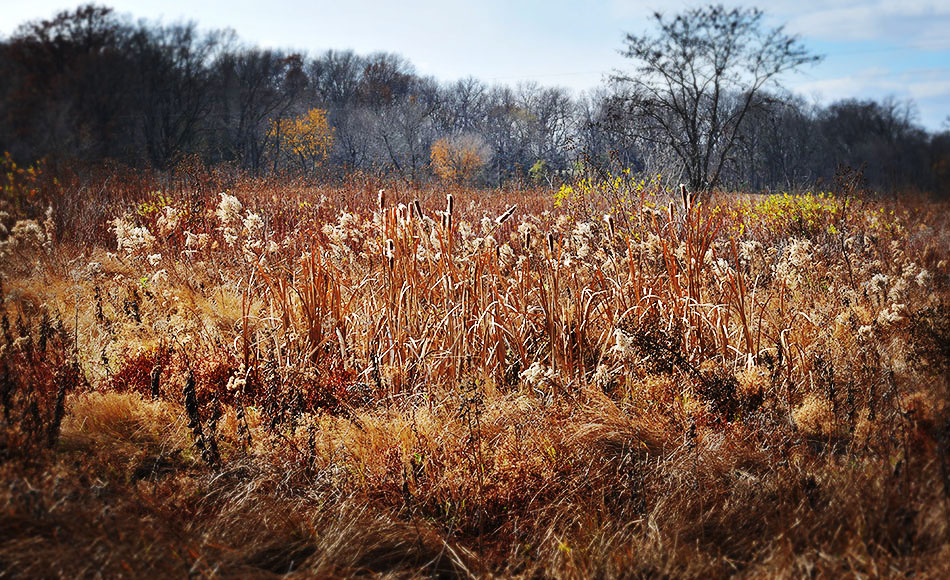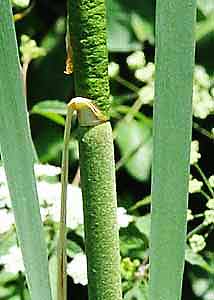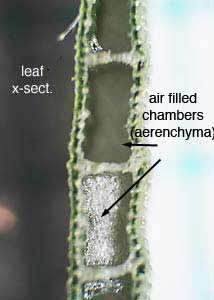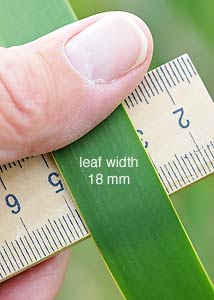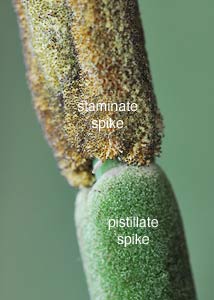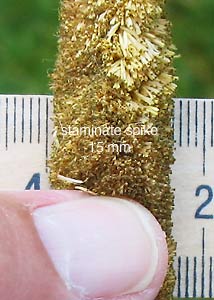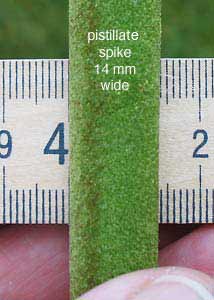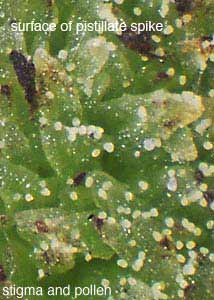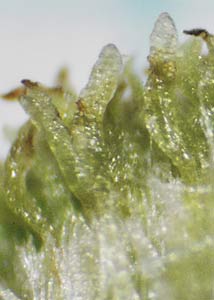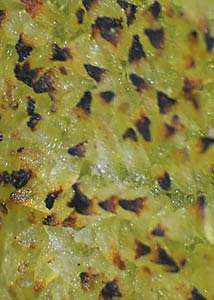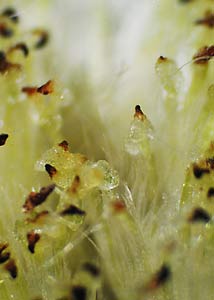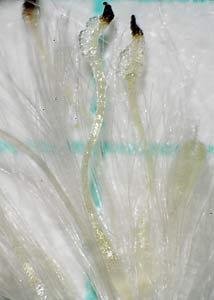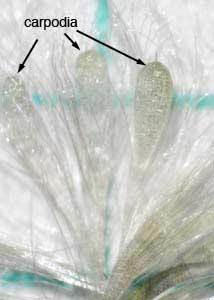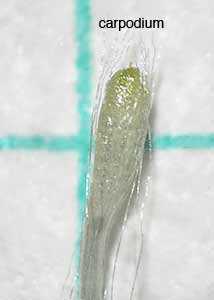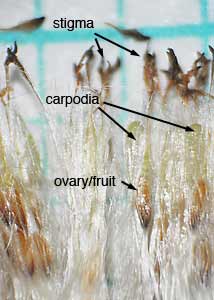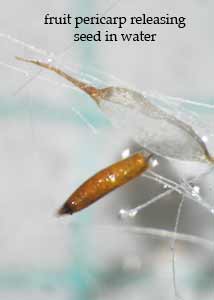Scientific Name: Typha latifolia
Common Name: Broad-leaved cat-tail
Origin: NATIVE
Notes: In SE Iowa, two species of Typha (T. angustifolia and T. latifolia) and a hybrid between these two has been reported as common. Because 1) structural features change during development, 2) genetic plasticity allows variation within species, and 3) because the hybrid has features intermediate between the two parents—it can be difficult to distinguish between them. [See comment section below photos, and comparisons: by photo, and by table]
Additional references:
1, 2, 3, 4, 5.
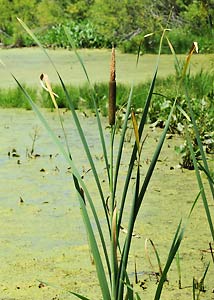
Field Marks for Identification:
Flowers: June; inflorescence; a single flower stalk supports two single sex spikelets (henceforth spikes), most distal is the staminate spike below which, and separated by less than 2 cm of naked floral stem, is the pistillate spike (often there is no space between the two spikes); staminate flowers deciduous, pistillate flowers densely packed, individual carpels and carpodia with hairy stems (gynophores), stigmas tongue shaped - maturing from hyaline to green to brown/black; fruit, a fusiform follicle which splits in water to release a single seed. The carpodium is a structure unique to Typha. It seems to have evolved from a modified embryo.
Leaves: linear, becoming flat at half its length, widest leaves exceed 10 mm, leaves usually glaucous when fresh, mucilage glands at sheath-blade transition usually colorless, absent on blade.
Glossaries of botanical terms: 1, 2, 3, 4, 5, 6, 7, 8, 9.
